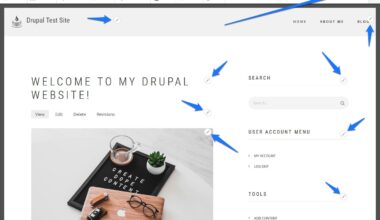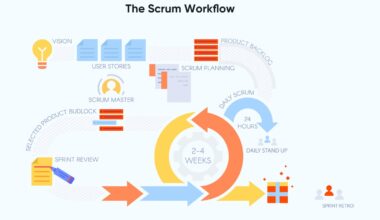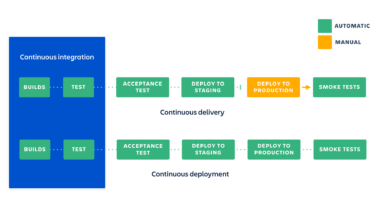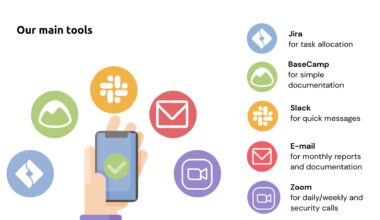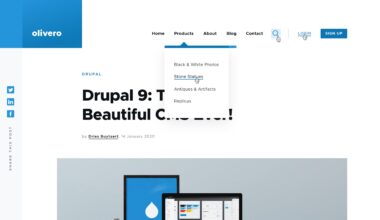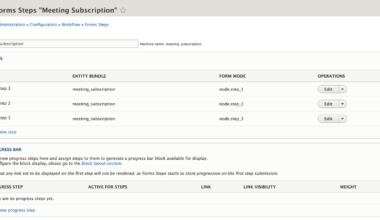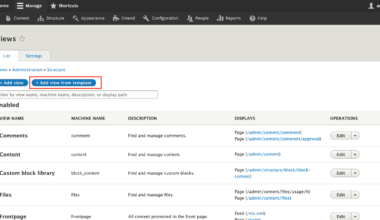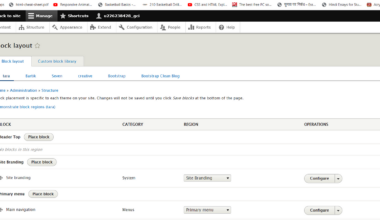Introduction to Drupal-Based Mobile Apps
As the world becomes increasingly mobile-oriented, businesses and organizations are looking for ways to engage with their customers and stakeholders on mobile devices. One way to do this is to develop a mobile app that provides users with access to information, services, and products. Drupal, a popular content management system (CMS), is a powerful and flexible platform that can be used to create mobile apps for iOS and Android devices.
Drupal is an open-source CMS that is used by millions of websites around the world. It provides a wide range of features and modules that can be used to build complex and sophisticated websites. Drupal’s modular architecture also makes it an ideal platform for mobile app development. Developers can use Drupal’s powerful APIs and modules to create custom mobile apps that integrate with their Drupal website.
One of the main benefits of using Drupal for mobile app development is the ability to reuse existing code and functionality. Developers can leverage the same Drupal modules and APIs that they use for their website development to create their mobile app. This not only saves time and effort but also ensures consistency between the website and mobile app.
Another benefit of using Drupal for mobile app development is the flexibility it provides. Drupal’s modular architecture allows developers to create custom modules and features that can be tailored to the specific needs of their mobile app. This means that developers can create unique and innovative mobile apps that stand out from the competition.
In the next section, we will discuss the steps involved in developing a Drupal-based mobile app. We will also cover some best practices for designing a Drupal-based mobile app that provides a great user experience.
Benefits of Using Drupal for Mobile App Development
Drupal is an ideal platform for mobile app development due to its many benefits. Here are some of the key advantages of using Drupal for mobile app development:
1. Cross-Platform Development
With Drupal, developers can create cross-platform mobile apps that work seamlessly on both iOS and Android devices. This is made possible by using frameworks like PhoneGap or Ionic that allow for easy integration with Drupal websites.
2. Robust Security Features
Drupal is known for its robust security features, which makes it a secure platform for mobile app development. Drupal’s security features include password policies, user access controls, and encryption of sensitive data.
3. Scalability
Drupal is a scalable platform that can handle large amounts of data and traffic. This makes it ideal for mobile apps that need to handle a large number of users and transactions.
4. Customizability
Drupal’s modular architecture allows for a high degree of customizability. Developers can create custom modules and features that can be tailored to the specific needs of their mobile app.
5. Cost-Effective
Using Drupal for mobile app development can be cost-effective, as it allows developers to reuse existing code and functionality. This saves time and effort, and also ensures consistency between the website and mobile app.
6. Community Support
Drupal has a large and active community of developers and users who provide support and help with troubleshooting. This can be especially useful for developers who are new to Drupal and need guidance.
In conclusion, Drupal provides many benefits for mobile app development, including cross-platform development, robust security features, scalability, customizability, cost-effectiveness, and community support. In the next section, we will discuss the steps involved in developing a Drupal-based mobile app.
Steps to Develop a Drupal-Based Mobile App
Developing a Drupal-based mobile app involves the following steps:
1. Define the App Requirements
The first step in developing a Drupal-based mobile app is to define the app requirements. This involves identifying the target audience, the features needed, and the overall goals of the app. This information will help guide the development process and ensure that the app meets the needs of its users.
2. Choose a Mobile App Development Framework
The next step is to choose a mobile app development framework that will work well with Drupal. Some popular frameworks for developing Drupal-based mobile apps include PhoneGap, Ionic, and React Native. These frameworks provide a range of features and tools that can simplify the development process.
3. Set Up a Drupal Website
To develop a Drupal-based mobile app, you will need to have a Drupal website set up. This website will serve as the backend for the mobile app, providing data and functionality to the app. Make sure to set up the necessary modules and APIs for mobile app development.
4. Build the Mobile App User Interface
The next step is to build the user interface for the mobile app. This involves designing the app screens, navigation, and user interactions. Make sure to follow best practices for mobile app design and usability.
5. Integrate Drupal with the Mobile App
Once the user interface is built, the next step is to integrate Drupal with the mobile app. This involves using Drupal’s APIs and modules to connect the app to the Drupal website. Make sure to test the integration thoroughly to ensure that data is being transferred correctly.
6. Test and Launch the Mobile App
The final step is to test and launch the mobile app. This involves testing the app for functionality, usability, and performance. Once the app is ready, publish it on the app stores and promote it to your target audience.
In conclusion, developing a Drupal-based mobile app involves defining the app requirements, choosing a mobile app development framework, setting up a Drupal website, building the mobile app user interface, integrating Drupal with the mobile app, and testing and launching the mobile app. By following these steps and best practices for mobile app development, you can create a Drupal-based mobile app that provides a great user experience and meets
Best Practices for Designing a Drupal-Based Mobile App
Designing a Drupal-based mobile app requires attention to detail and adherence to best practices for mobile app development. Here are some tips to help you design a Drupal-based mobile app that provides a great user experience:
1. Keep it Simple
To create a great user experience, it’s essential to keep the app simple and easy to use. Avoid cluttering the app with too many features or options. Instead, focus on the core features that users are likely to use the most.
2. Use Responsive Design
Responsive design is critical for mobile apps, as it ensures that the app looks and works well on different screen sizes and devices. Make sure to use responsive design techniques to create a mobile app that adapts to different screen sizes and orientations.
3. Use Native Features
Take advantage of native features such as push notifications, geolocation, and camera to provide a better user experience. These features can enhance the functionality of your app and make it more engaging for users.
4. Optimize App Performance
App performance is essential for user satisfaction. Make sure to optimize your app for speed and efficiency. Use caching, lazy loading, and other techniques to reduce app loading times and improve overall performance.
5. Use Intuitive Navigation
Intuitive navigation is critical for mobile apps. Users should be able to navigate the app easily and find the information they need quickly. Use clear and concise labels and icons to make navigation simple and intuitive.
6. Test, Test, Test
Testing is essential for ensuring that your app works as expected and provides a great user experience. Test your app thoroughly on different devices, operating systems, and network conditions to identify and fix any issues.
In conclusion, designing a Drupal-based mobile app requires attention to detail and adherence to best practices for mobile app development. By keeping the app simple, using responsive design, taking advantage of native features, optimizing app performance, using intuitive navigation, and testing thoroughly, you can create a Drupal-based mobile app that provides a great user experience and meets the needs of your target audience.
Final Thought: Future of Drupal-Based Mobile Apps
As the world becomes increasingly mobile-centric, the demand for mobile apps is only going to increase. Drupal-based mobile apps are becoming more popular due to the many benefits that Drupal provides, including cross-platform development, robust security features, scalability, customizability, cost-effectiveness, and community support.
In the future, we can expect to see more Drupal-based mobile apps being developed as businesses and organizations look for ways to engage with their customers and stakeholders on mobile devices. With the continued growth of Drupal’s community and the development of new modules and features, the possibilities for Drupal-based mobile app development are endless.
As technology continues to evolve, we can also expect to see new and innovative ways to develop Drupal-based mobile apps. One example is the use of headless Drupal, which allows developers to separate the frontend and backend of the app, providing more flexibility and control over the app’s design and functionality.
In conclusion, the future of Drupal-based mobile apps is bright, and we can expect to see more innovative and engaging apps being developed in the coming years. By following best practices for mobile app development and staying up-to-date with the latest trends and technologies, developers can create Drupal-based mobile apps that provide a great user experience and meet the needs of their target audience.











